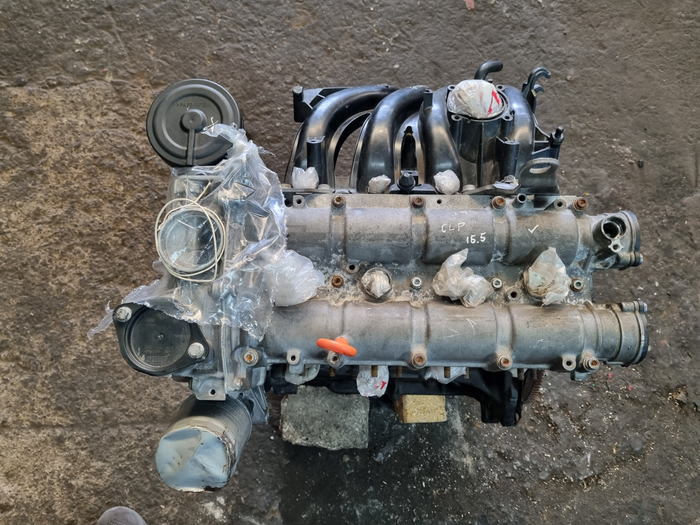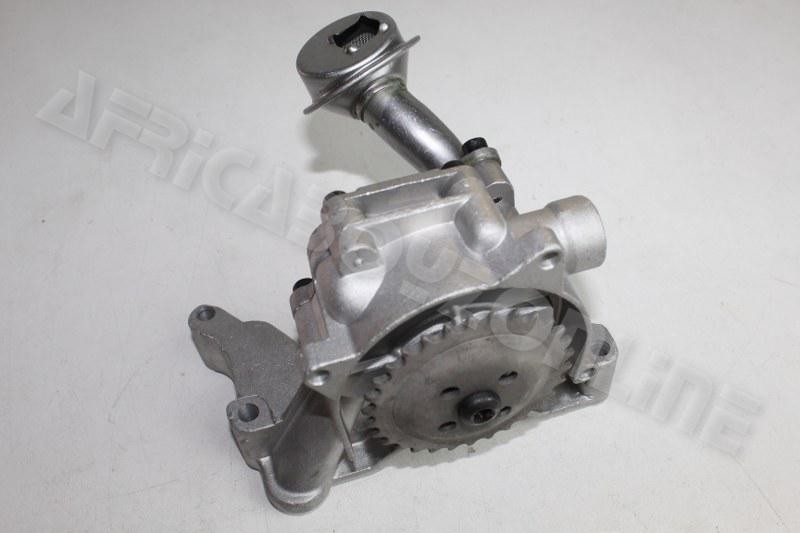Lower maintenance costs with a well-built clp engine.
Lower maintenance costs with a well-built clp engine.
Blog Article
Exactly How a Clp Engine Can Improve Performance in Different Industries
The development of CLP engines marks a considerable shift in functional performance throughout various sectors, driven by their ability to optimize fuel usage and decrease downtime. As organizations progressively focus on sustainability along with performance, the duty of CLP engines ends up being even much more critical.
Introduction of CLP Engines
CLP engines, or Continual Liquid Propellant engines, represent a considerable advancement in propulsion innovation, particularly for room applications. These engines use a continuous feed system that enables the sustained expulsion of propellant, leading to improved performance and performance compared to conventional solid or hybrid propulsion systems. By maintaining a continuous flow of liquid propellant, CLP engines can accomplish much more precise drive control, which is vital for navigating spacecraft in various goal situations.
The design of CLP engines incorporates sophisticated materials and cutting-edge fuel monitoring systems. clp engine. This leads to reduced weight and raised dependability, essential variables for long-duration room objectives. The constant operation lessens the risk of burning instability, an usual difficulty in standard rocket engines.

Benefits in Manufacturing
The manufacturing of Continuous Liquid Propellant (CLP) engines presents a number of noteworthy advantages that enhance both efficiency and cost-effectiveness. One of the key advantages is the structured manufacturing process, which lowers the complexity linked with standard propulsion systems. By using liquid propellant, manufacturers can achieve better accuracy in engine performance, leading to maximized power output and reduced waste.
Additionally, CLP engines promote a greater degree of modularity, enabling simpler combination into various manufacturing lines. This flexibility can significantly decrease lead times and boost general operational versatility. Making use of CLP modern technology also tends to decrease the requirement for comprehensive maintenance because of fewer relocating parts, which converts right into lowered downtime and functional prices.

Applications in Logistics
Leveraging Continuous Liquid Propellant (CLP) engines in logistics offers significant advantages in operational efficiency and reliability. These engines offer a robust solution for different transport requirements, allowing the smooth motion of products across large distances. The fundamental design of CLP engines allows for consistent power output, which translates into smoother and extra foreseeable transport routines.
One of the key applications of CLP engines in logistics their explanation is in sturdy products transport, where they can drive both ground and aerial cars. Their ability to maintain high efficiency under varying tons conditions ensures that distribution timelines are satisfied, consequently improving client satisfaction. Additionally, CLP engines can be integrated into automated logistics systems, helping with real-time tracking and maximizing path planning.
In addition, the resilience of CLP engines reduces upkeep downtime, enabling logistics companies to optimize their operational capacities. This is especially advantageous in warehousing procedures, where effectiveness in handling and delivering items is vital. As logistics continues to progress, the integration of CLP engines stands for a forward-thinking method that not just enhances efficiency but likewise supports the sector's expanding demands for integrity and speed.
Influence On Energy Effectiveness
Just How do Constant Liquid Propellant (CLP) engines enhance energy performance in transportation? CLP engines use a regular flow of fluid gas, optimizing burning procedures and maintaining a steady thrust result. This design reduces energy losses related to typical combustion engines, where gas shipment can differ and cause ineffectiveness.
The continual procedure of CLP engines permits a much more reliable thermal cycle, causing higher particular impulse contrasted to standard engines. clp engine. This converts to minimized gas usage for the same quantity of job done, considerably reducing operational prices throughout various transportation fields, consisting of aviation and maritime sectors
In addition, the capability of CLP engines to keep optimum performance under varying lots problems decreases the demand for frequent velocity and deceleration, further improving gas effectiveness. Enhanced power effectiveness not only adds to cost savings but also results in reduce greenhouse gas discharges, aligning with global sustainability goals.
Future Trends and Innovations
Emerging improvements in Constant Liquid Propellant (CLP) engine technology promise to revolutionize the landscape of transport performance and sustainability. As markets pivot towards greener choices, CLP engines stand at the center, incorporating ingenious materials and layout techniques that boost performance while minimizing ecological influence.
One you can try these out of the most encouraging fads is the adoption of hybrid systems that incorporate CLP engines with sustainable energy resources. This harmony can optimize gas usage and reduce discharges, lining up with global sustainability objectives. Improvements in computational liquid characteristics (CFD) are helping with the layout of more aerodynamically reliable engines, leading to lowered drag and improved gas efficiency.
Moreover, the development of wise monitoring systems is readied to enhance operational performances. These systems take advantage of information analytics and IoT technology to maximize engine performance in real-time, making sure that the engines run within their most efficient criteria.
As research remains to discover alternative propellant formulas-- such as biofuels and artificial fuels-- the future of CLP engines looks encouraging. By utilizing these advancements, sectors can not only enhance their performance but likewise add significantly to a cleaner, much more lasting future in transport.
Conclusion
In verdict, CLP engines stand for a substantial innovation in performance throughout several markets. The integration of advanced materials and less relocating parts reduces maintenance needs, while placement with sustainability objectives settings CLP engines as a critical innovation for the future.
Report this page